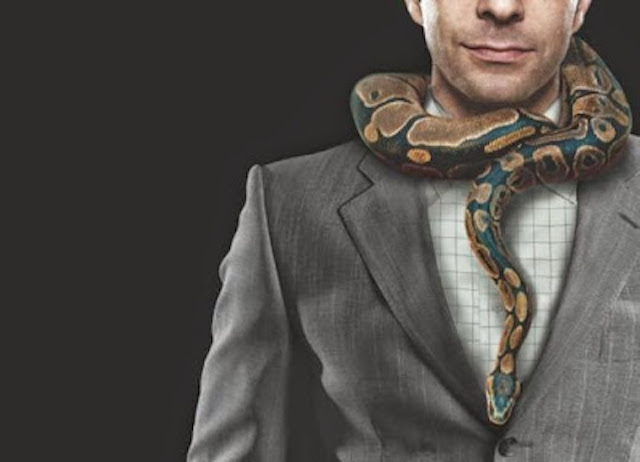
© dauhieuthoidai.blogspot.com
I cannot recommend enough, to enough people, the book
Snakes in Suits: When Psychopaths Go to Work by Paul Babiak and Robert Hare. These authors, both highly qualified on the subject of psychopathy, walk us through, and so richly illustrate, not only with cutting-edge theory and research, but also vivid case studies, the "ABCs" of Psychopathy: No Anxiety; No Bonds; No Conscience. They also illustrate how the corporate world is increasingly a "target rich" environment for psychopaths. By the term "corporate world", they mean not only corporations, but other entities and institutions we increasingly find corporatized: politico-legal, sociocultural, educational, religious, etc..
As Robert Hare, inventor of the PCL-SV and PCL-R Checklists for Psychopathy put it:
"I always said that if I wasn't studying psychopaths in prison, I'd do so at the Stock Exchange."
The authors begin with explaining the typical behaviors and proclivities of what is referred to as the general "Anti-Social Personality Disorder" (APD) a diagnostic category found in the American Psychiatriac Association's "Diagnostic and Statistical Manual of Mental Disorders 4th Edition" or "DSM- IV" and found among about 3% of the populations of most—not all-- cultures. They then go on to differentiate, through illustrations and case studies, psychopathy and sociopathy. According to the authors, psychopathy and sociopathy are closely related and overlapping:
malignant narcissism; shallow affect; lack of empathy and remorse; sense of entitlement and being destined to rule others; grandiosity; predation; avoidance of taking personal responsibility when things go wrong; adept at manipulation, schmoozing, networking and conning; see other people as objects to be used and disposed of when no longer useful; charismatic; thrive on the edge but also calculatingly cautious; megalomania; cynical and facile deceit; inability to manifest a normal range of human emotions; etc.

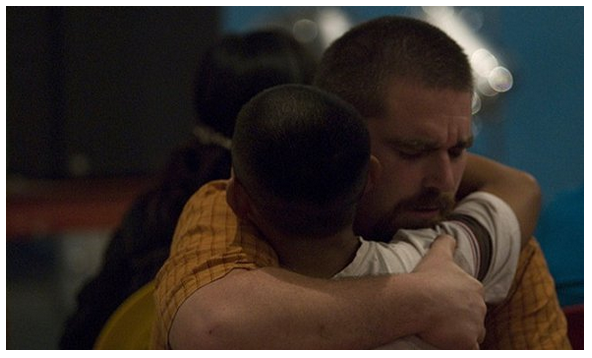
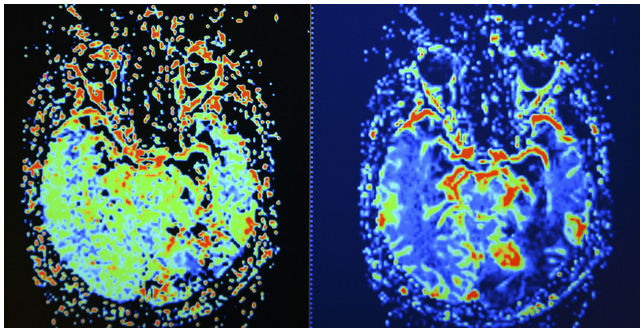




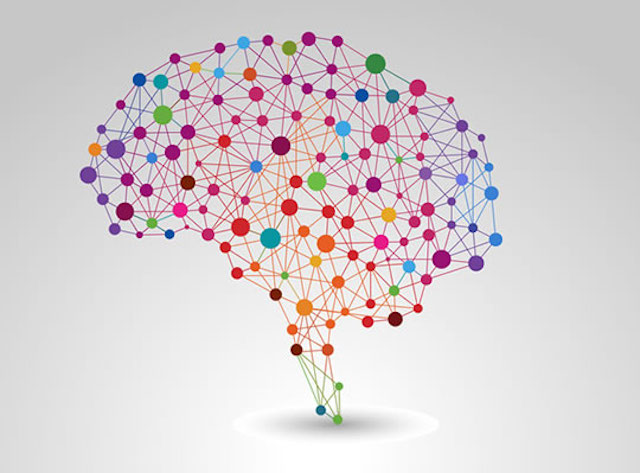
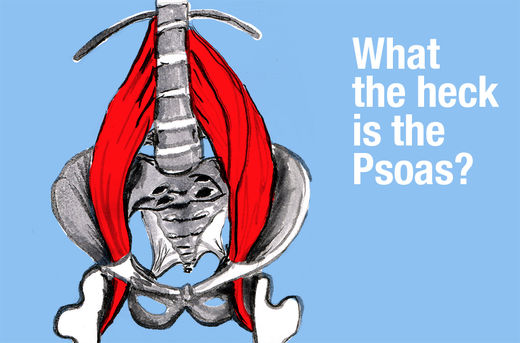




Comment: The lack of gentle platonic touch in men's lives is a killer
10 psychological effects of nonsexual touch
The power of vulnerability